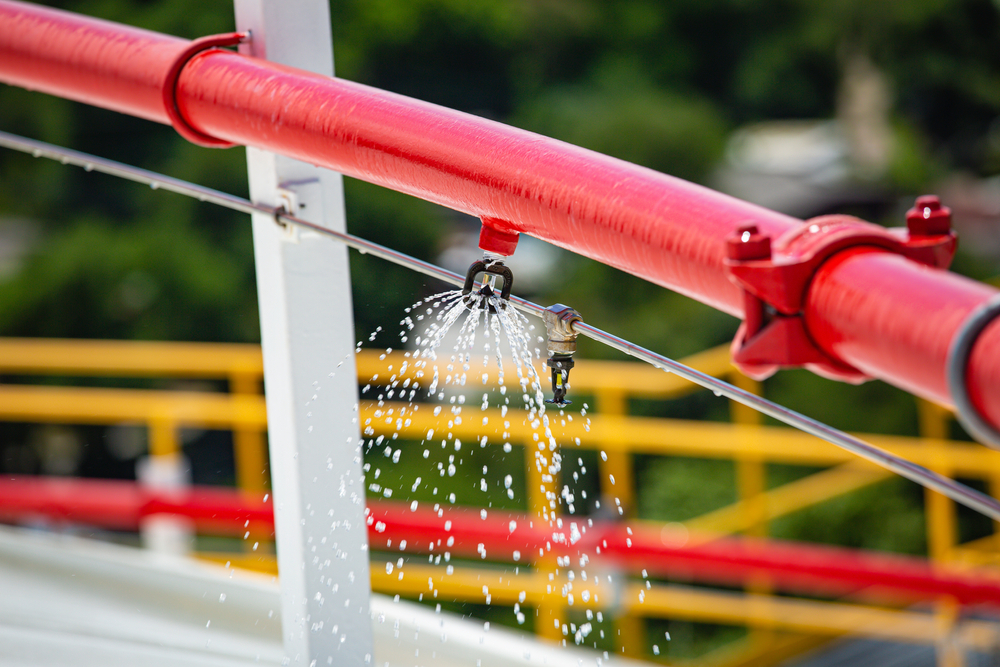Introduction
Choosing the correct steel for fire suppression equipment such as sprinkler systems and water supply pipes for fire hydrants is critical.
Pipes must not only be large enough to convey enough water, gas, or other firefighting chemical, but they must also be sturdy enough to endure corrosion, extreme temperatures, and high pressure.
Steel’s characteristics make it a great material to employ in fire suppression systems. We’ll look at the standards that regulate fire protection pipes, as well as the various applications for these pipes, in this post.
You can be confident that your fire suppression system will work properly when you need it most if you use the suitable steel pipe.
Pipe Standards for Fire Protection
ASTM International, a standards body that develops technical criteria for a wide range of services and products, is in charge of fire protection pipe standards. They used to be known as the American Society for Testing and Materials, and they produce and publish standards that are generally accepted for a variety of applications.
3 Standards For Fire Protection Pipes
ASTM A53
ASTM A53, the most comprehensive fire pipe standard, is available in three thicknesses:
Standard (Schedule 40)
Extra strong (Schedule 80)
Double extra strong (Schedule 160)
Pipe thickness is determined by the Schedule number. The lower the Schedule number, the thinner the pipe. Schedule 40 is required by ASTM A53 as a minimum for sprinkler systems, however there are no restrictions on utilising the heavier pipes.
ASTM A135
Electric resistance welded pipe is covered by this standard. This method of construction allows lines to have thinner walls while also lowering the risk of corrosion. These pipes must be at least Schedule 10 in order to be used.
ASTM A795
Pipes that can be utilised in sprinkler systems are defined by ASTM A795. These pipes’ walls are usually between Schedule 10 and Schedule 40 in thickness.
All three types of pipe must be painted red or coated with a red polymer epoxy. They are also available in black steel or hot-dip galvanised, both of which aid to prevent corrosion.
Rated Fire Suppression Pipe Applications
All three types of rated pipe can be used in different portions of a fire suppression system, such as:
Fire main pipe
Fire pump pipe
Fire standpipe
Fire sprinkler branch pipe
When it comes to pipe joining, you have a few alternatives.
All pipe types can be welded together as long as the work is done by a certified welder. Threading is another possibility, but it’s usually limited to Schedule 40 pipe unless it’s been expressly tested and authorised by another standards body, such as the National Fire Protection Association (NFPA) code 13.
Rolling and cutting grooves are two other options for connecting. While cut grooves are only available on Schedule 40 and heavier pipes, roll grooves can be applied to any pipe. These connections allow an elastomeric gasket to be used to seal lines.
Whatever the application, it’s critical to select the appropriate treatments to avoid corrosion and other variables from jeopardising your firefighting efforts. You should be fine if you follow these all guidelines.
Contact us : for any Steel products.
Read More :


Recent Comments